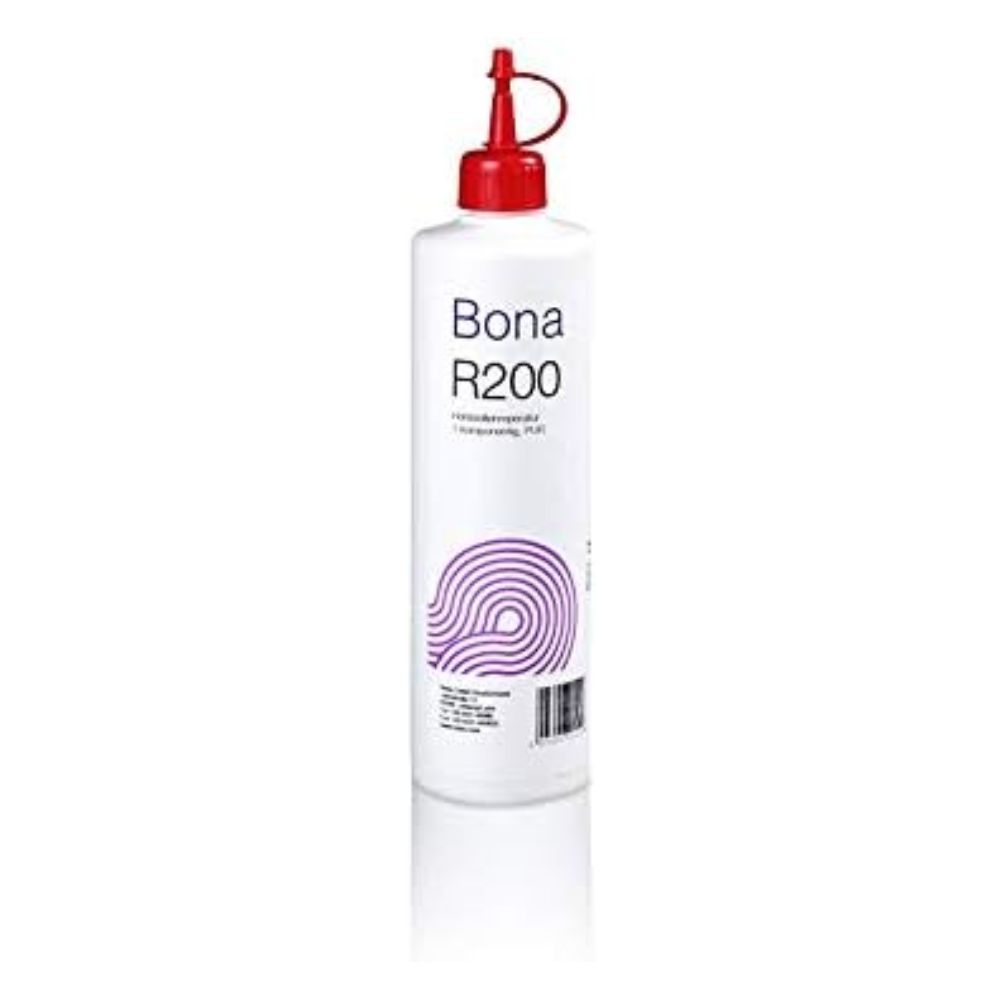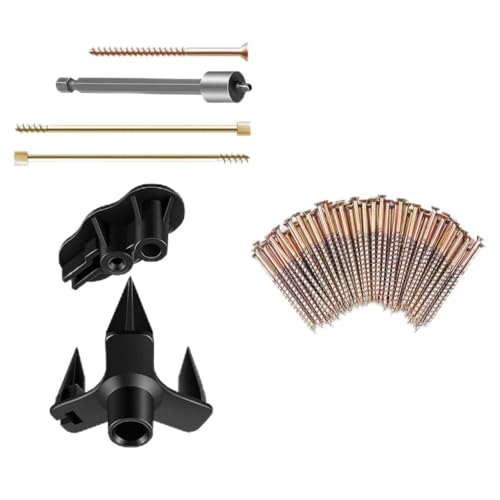Are your squeaky floors harmless — or hiding a bigger structural problem?
Squeaky floors are usually more annoying than alarming, but sometimes creaks can point to structural issues. Here’s how to tell the difference.
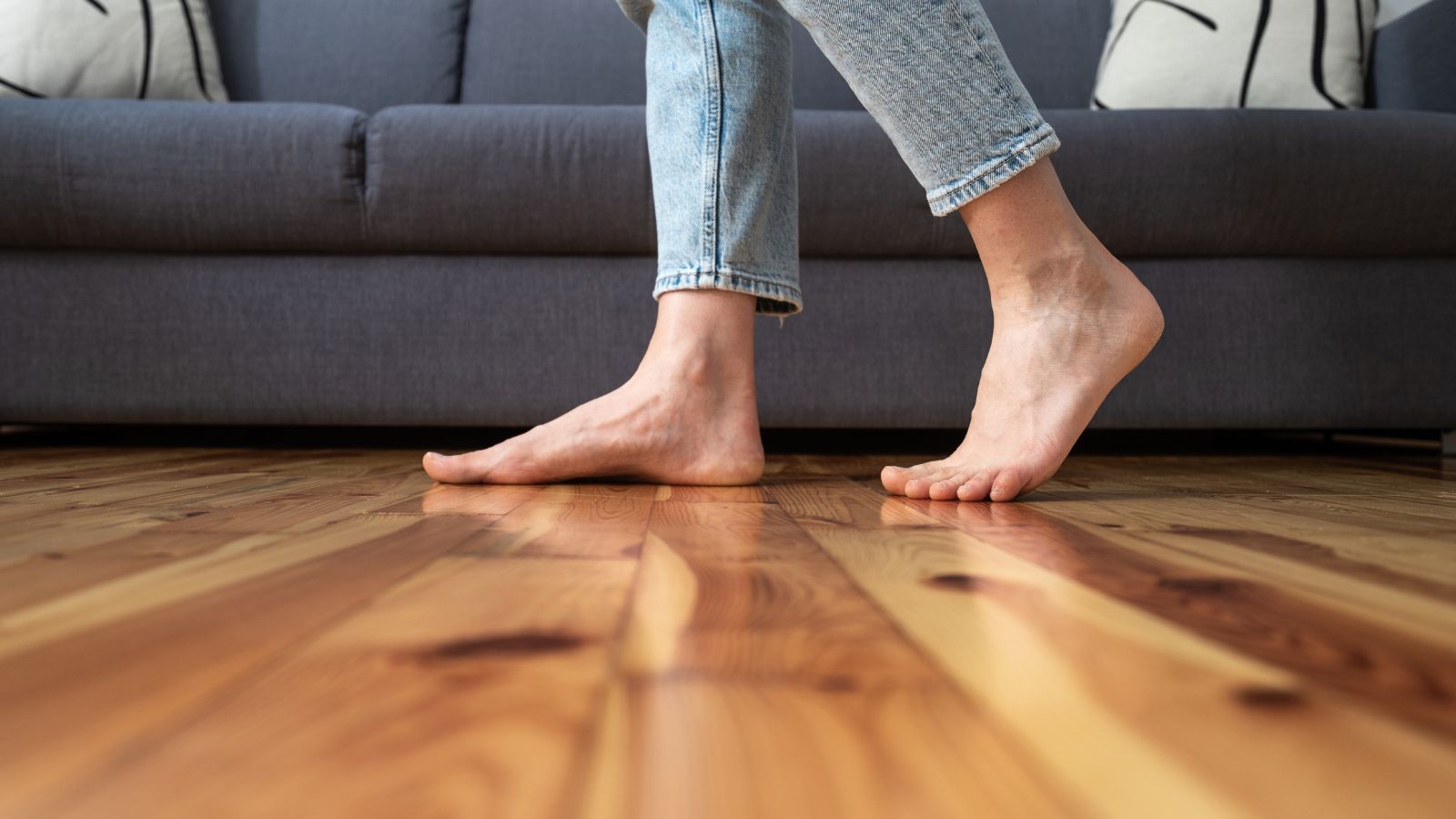
If you’ve ever tiptoed downstairs in search of a midnight snack, only to be betrayed by a tell-tale creak underfoot, you’ll know how frustrating squeaky floors can be. For many homeowners, it’s simply part of living in an older property with timber floors – an irritation that comes and goes with the seasons. But when do those squeaks stop being just a nuisance and start hinting at something more serious?
While the majority of squeaky floors aren’t a cause for alarm, there are occasions where noise can be a symptom of underlying issues with the joists, subfloor, or even the structure itself. Being able to spot the difference is key to knowing whether to reach for a screwdriver or call in a surveyor.
Below, we explore the common causes of squeaky and creaking floorboards, how to tell if they signal a structural problem, and when to call in the professionals.
When is a squeaky floor nothing to worry about?
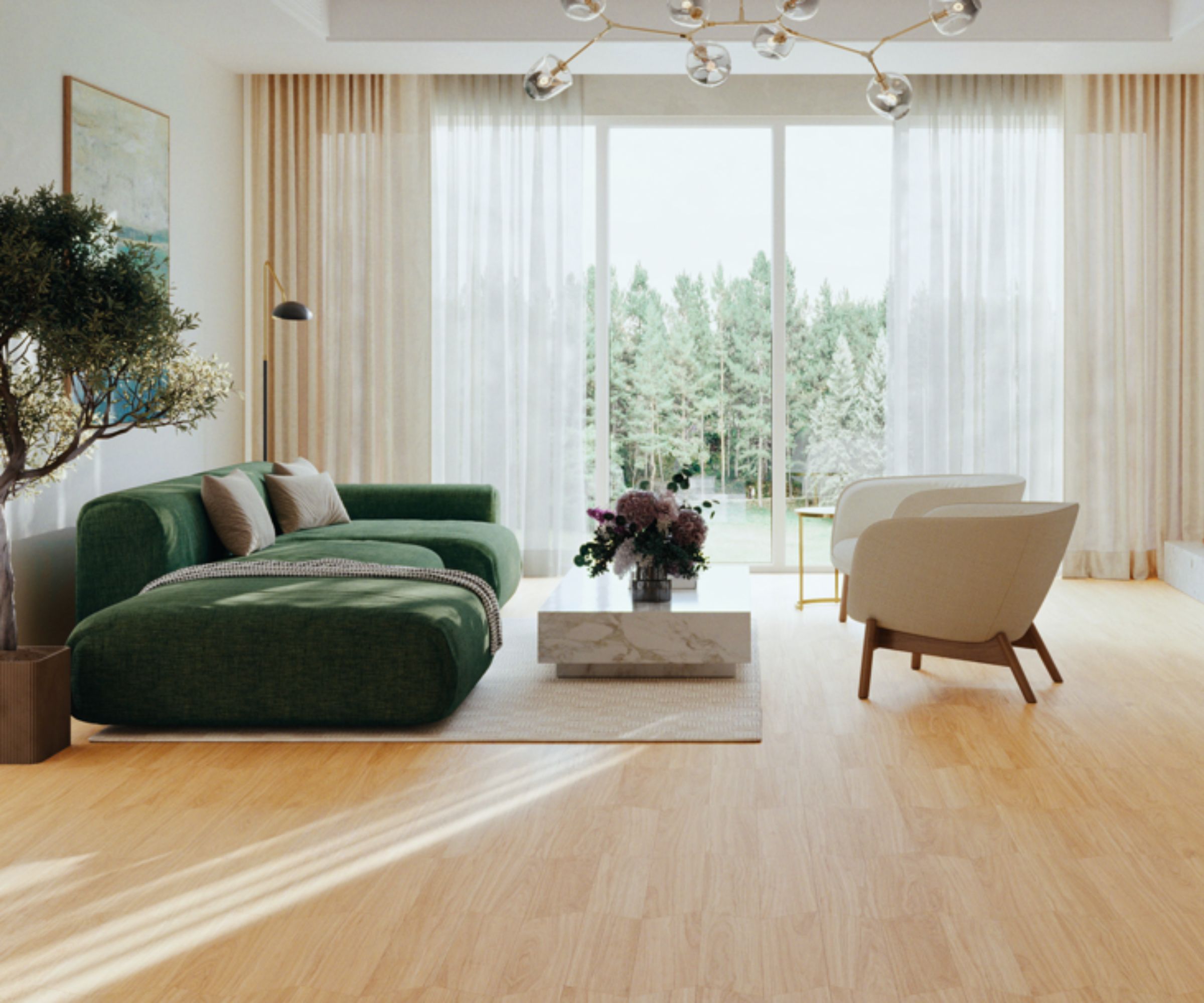
“Most squeaky floors are not a structural crisis,” explains Frank Petersen, head of product development at Parador. "In wooden flooring or click-lock systems – like engineered wood, laminate, or vinyl floors – squeaks typically come from boards moving slightly against each other or the subfloor – often due to seasonal shrinkage or loosely secured joints.”
Thomas Goodman, construction expert at MyJobQuote.co.uk, agrees that movement is usually to blame. “The most common cause of squeaky floors is loose floorboards. Nails and screws can work loose over time, so boards start to move as you walk over them. Another issue with wooden floorboards is expansion and contraction. Changes in moisture and temperature levels can cause boards to swell slightly. This can lead to boards rubbing together when you step on them.”
Humidity is often the hidden culprit. As Petersen adds: “Wood-based products are hygroscopic, meaning they expand or contract with humidity variations. That can open tiny gaps between floorboards or subfloor, causing friction and creaking noises as you move around."
Even new-build homes aren’t immune. While the majority of squeaks are caused by wear and tear or natural material movement, small imperfections in installation – such as an uneven subfloor or insufficient fixings – can also leave boards with a little more freedom to move than intended, creating that tell-tale creak.
Bring your dream home to life with expert advice, how to guides and design inspiration. Sign up for our newsletter and get two free tickets to a Homebuilding & Renovating Show near you.
So, while squeaky floors can be irritating, they’re rarely a sign of wider structural problems, and in most cases stopping wooden floors from creaking is a straightforward DIY fix.

Frank Petersen is Head of Product Development at global flooring specialist Parador. With extensive experience in wood, laminate, and vinyl systems, he focuses on innovation in design and performance, helping homeowners and professionals alike choose flooring solutions that balance durability, aesthetics, and everyday practicality.
When are squeaky floors a cause for concern?
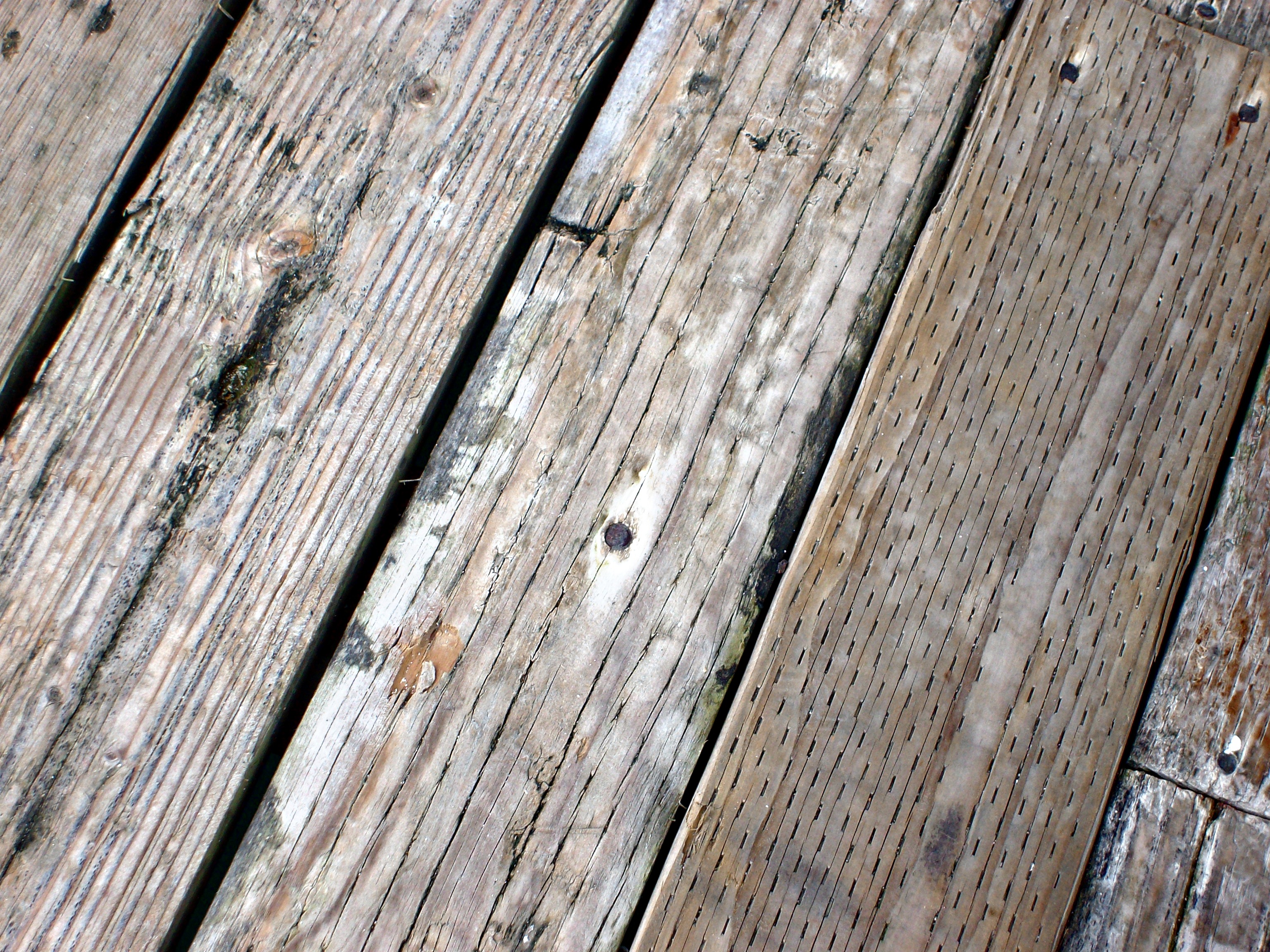
“In most cases, squeaks are a nuisance rather than a sign of serious structural problems,” says Scott Godfrey, carpenter at Black Hammer. “However, squeaky floors can sometimes point to more significant concerns, especially if accompanied by other signs such as uneven floors, cracks in walls, or doors and windows that stick. These symptoms could indicate issues with joists, subfloor movement, or even subsidence issues with your home. If a floor feels unstable or there’s noticeable movement beneath the boards, it’s wise to get a professional structural survey.”
To help homeowners spot these problems early, Thomas Goodman suggests a simple level test: “Subsidence will often cause the floor to sink. So, assess the room. Does the floor look level? If you’re unsure, place a ball on the floor. If it rolls towards one corner or end of the room, then something is amiss."
You can also check for signs of woodworm and rot. Woodworm leave tiny holes in the timber, and rot can usually be identified by discolouration and softening.
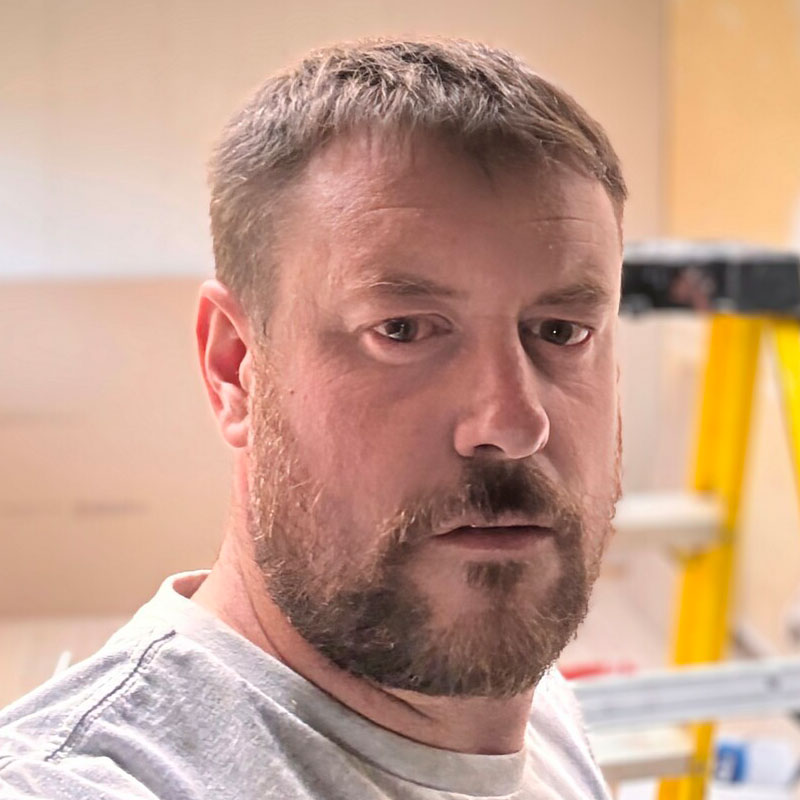
Scott Godfrey has over 20 years of experience in carpentry and joinery, is a master craftsman, and a successful business owner. He has extensive experience in both bespoke and large-scale projects, including luxury home builds and renovations.
When should you bring in the professionals?
While many squeaky floors can be silenced with a quick tightening of screws, there are times when it’s best to step back and call in the experts. As Thomas Goodman points out: “Squeaky floors are possible to fix yourself, as long as the subfloor or floorboards are easy to access and there are no signs of serious problems. If your floors are tiled or have other permanent coverings, it’s best to call in the trades. Where a floor has been recently laid, it’s best to call back the trades who installed it, as there may be an issue with the subfloor or fitting.”
Professional help is also essential if the squeaks are accompanied by wider signs of stress in the building. Scott Godfrey explains: “If a floor feels unstable or there’s noticeable movement beneath the boards, it’s wise to get a professional structural survey. Squeaks alone are usually a nuisance, but when paired with instability, they can suggest more serious concerns.”
In short: DIY makes sense for simple, accessible fixes, but if the squeaks come with bounce, sloping, cracks in plaster, or coverings that make access difficult, it’s time to bring in a surveyor, structural engineer, or flooring expert before you risk causing further damage.
3 DIY fixes for squeaky floors
Once you’ve tackled those squeaky boards, it might be time to bring back their shine with our guide on how to revive wooden floors. Or, if you’re considering a full replacement, take a look at our breakdown of wood flooring costs and the costs to lay laminate flooring.

Gabriella is an interiors journalist and has a wealth of experience creating interiors and renovation content. She was Homebuilding & Renovating's former Assistant Editor as well as the former Head of Solved at sister brand Homes & Gardens, where she wrote and edited content addressing key renovation, DIY and interior questions.
She’s spent the past decade crafting copy for interiors publications, award-winning architects, and leading UK homeware brands. She also served as the Content Manager for the ethical homeware brand Nkuku.
Gabriella is a DIY enthusiast and a lover of all things interior design. She has a particular passion for historic buildings and listed properties, and she is currently in the process of renovating a Grade II-listed Victorian coach house in the West Country.
